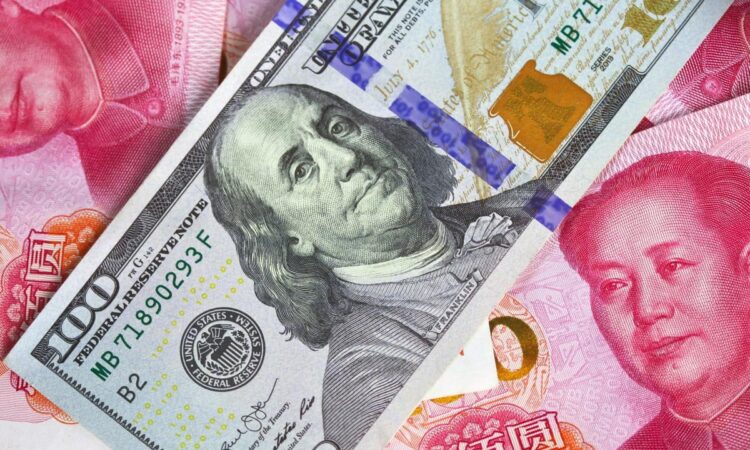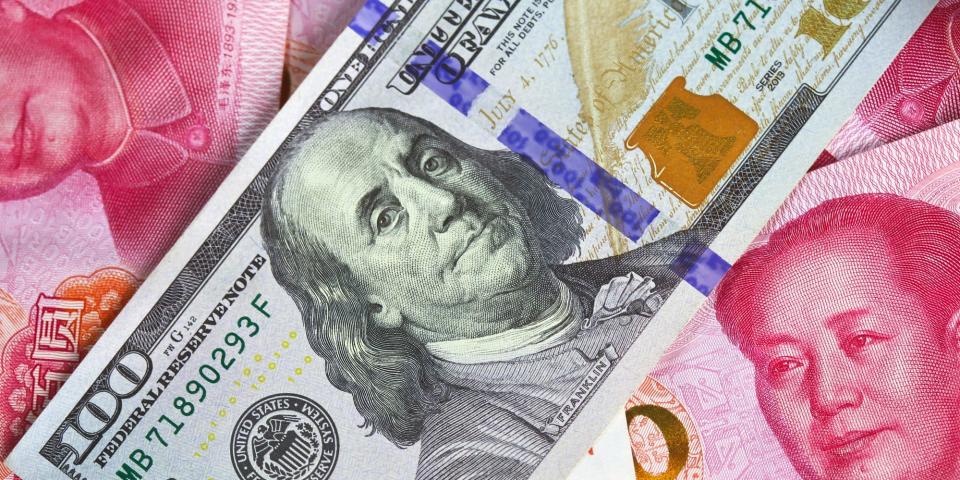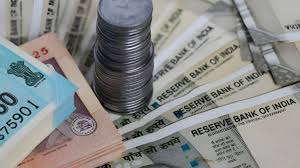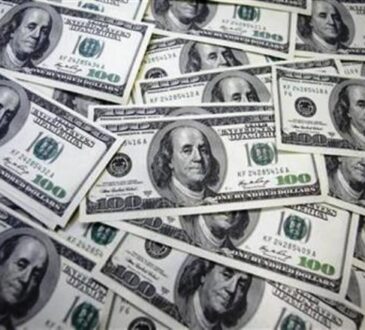These 5 global currencies have tumbled this year as delayed rate cuts have supercharged the dollar


-
The US dollar is trading at a six-month high and is on course for its best run in a year.
-
Fading prospects of an imminent Fed pivot are driving the greenback higher.
-
It’s coming at the expense of such currencies as the yuan, yen, and rupee, which are weakening.
The dollar is on course for its best run in a year, pumped up by growing doubt in the US’s ability to cut interest rates in the near term.
The Bloomberg Dollar Spot Index has advanced close to 2% in just under a week, marking its biggest increase since February of last year. Separately, the US dollar index has reached a six-month high, similarly witnessing its biggest weekly gain since September.
Such blowout performance has tempered bearish dollar expectations made in 2023, premised on the idea that monetary policy would turn dovish by June, easing greenback strength.
While most agreed with this timing, a string of hot economic and inflation data has dampened this outlook, and markets are now pricing in a September pivot as more likely.
Against this, other central banks have had more leeway in shifting down their policy, trimming the appeal of their currencies and cementing the dollar’s lead in foreign exchange markets.
Here are five emerging-market currencies that are showing vulnerability to the dollar’s surge higher:
China yuan
According to Bloomberg, Asian tenders are suffering the deepest declines, given the region’s exceptionally low interest rates.
For instance, China’s yuan has hit a five-month low, dropping 5% since the start of 2023. With its bottom still hard to determine, Chinese businesses have been hoarding dollars, expecting a further slide, Reuters said.
Other Asian currencies
That’s also pulled down currencies such as the South Korean won and Tawian’s dollar, with both economies closely linked with Beijing. Both have fallen 6.49% and 6.06% year-to-date, respectively.
The Japanese yen has followed this trend, sliding 8.45%. Now at its lowest since 1990, the country’s authorities have suggested intervening in its foreign exchange market to stem this slide, but have ruled out the use of rate hikes.
The Indian rupee also hit a record low; this wasn’t only driven by interest rate differences, but also due to the safe haven aspect of the dollar. That’s after Middle Eastern geopolitical infighting diminished appetite for volatile currencies like the rupee, Reuters said.
Read the original article on Business Insider




